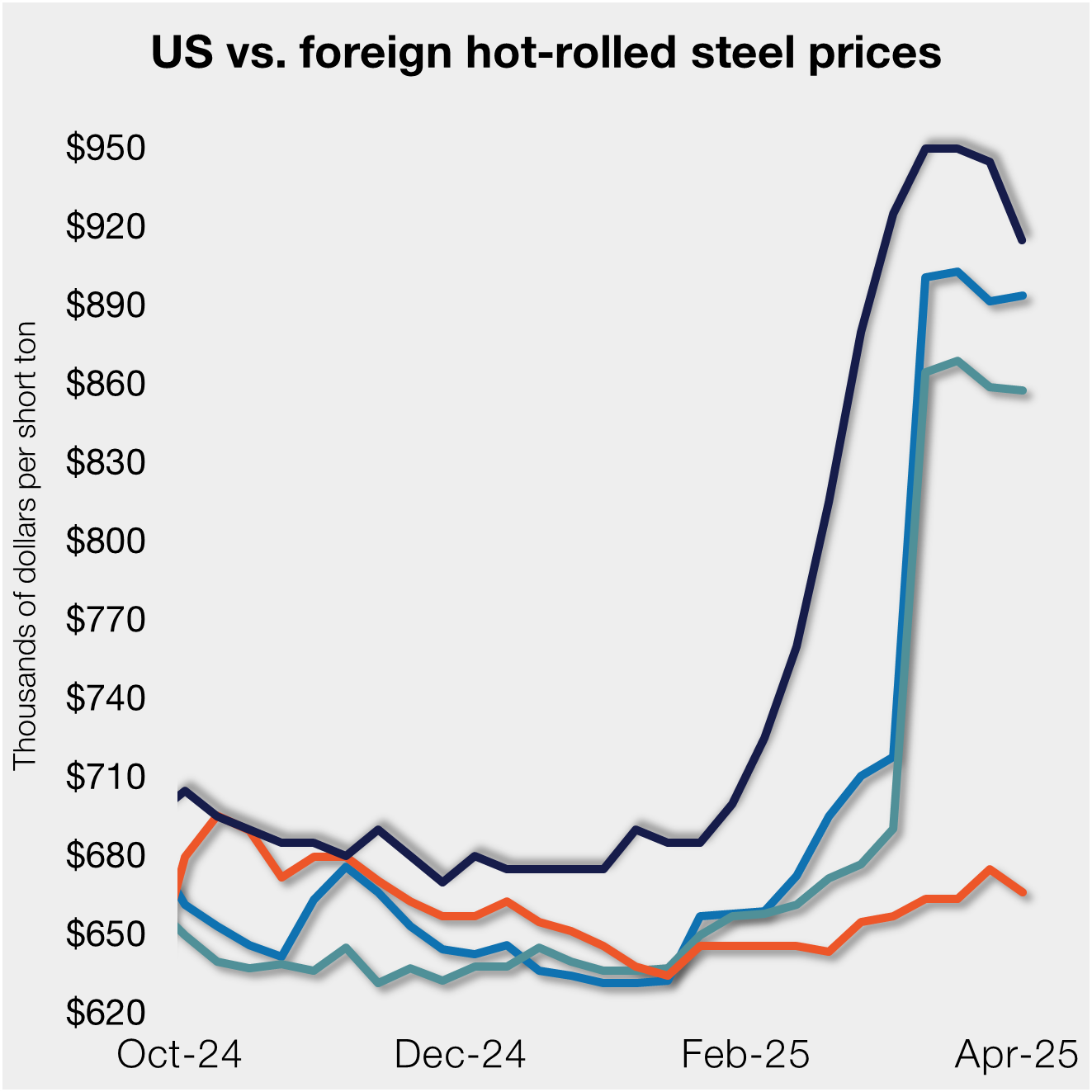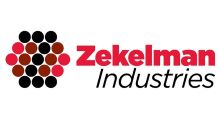Steel Products

Leibowitz on Trade: Tariff Update
Written by John Packard
February 28, 2019
Trade attorney and Steel Market Update contributor Lewis Leibowitz offers the following update on events in Washington:
We are about to celebrate (or mourn, as the case might be) the first anniversary of “national security” tariffs on steel and aluminum. As we all know, in March 2018 President Trump proclaimed 25 percent tariffs on most steel imports into the U.S., and 10 percent tariffs on aluminum imports.
One year on, we have a lot of uncertainty and controversy about whether there is a genuine national security threat in steel and aluminum or whether the tariffs are helping or hurting manufacturing in the U.S. The next several months could see major changes in the tariff regime, including new treatment (and possible exemptions) on steel imports from Canada and Mexico.
As we hit the end of the first year of tariffs, President Trump gave a major address (certainly in length) to the Conservative Political Action Committee (CPAC) near Washington. The president repeated a claim he made last month in a tweet that “billions of dollars are being paid to the United States by China in the form of Trade Tariffs!” He has made similar claims for steel and aluminum tariffs.
{loadposition reserved_message}
Recent fact-checking columns have refuted these claims. The criticisms have not really hit the mark, though.
1. Who Pays the Tariffs? Most fact-checkers point out that the president’s claims that China and other countries are bearing the burden of paying the tariffs is false; in fact, U.S. importers of record pay all the tariffs to U.S. Customs and Border Protection. However, in fairness, there is more to this issue. While U.S. importers pay the tariffs to U.S. Customs and Border Protection, it is unlikely that these importers fully absorb the extra costs. The importers’ customers will likely pay higher prices to account for at least some of the tariffs the importers pay. Moreover, foreign suppliers may decrease their prices from their 2017 prices plus the tariffs. There is no easy way to determine precisely how the tariff increases are dealt with in the market; every product has different circumstances. But it is inaccurate to assert that foreign manufacturers and traders pay none of the tariffs, any more than it is to say that importers and domestic consumers pay all of them.
2. How much in Tariffs is Being Collected? On China, Census data on imports in 2018 through November reveal that tariffs on Chinese imports ran about $400 million per month until the “section 301” tariffs were imposed in July. At that time, tariffs collected on imports from China doubled and generally continued to increase from there. The November monthly figure was about $2.5 billion (an increment over the 2017 tariff collections of about $2.1 billion in November 2018).
On steel, tariffs were very low on basic steel products and a bit higher on pipe and tube and other “articles of steel.” In January 2018, total tariff collections on all steel and articles of steel were about $39 million. In March, the new steel tariffs did not start to show up significantly in the import statistics until May, when imports were about $147 million (compared with about $35 million in May 2017, before the steel tariffs went into effect). Aluminum tariffs increased on a time schedule similar to steel for obvious reasons.
3. Effects of the Tariffs. There are quite a few studies to consult regarding the effects of all these tariffs on American manufacturers, farmers and consumers. It is clear that most American manufacturers outside steel and aluminum production are worse off because of these tariffs. Over time, the dislocations of the tariffs will necessarily increase, as U.S. companies become less competitive globally. The Institute of International Finance released a study a few days ago estimating that the retaliatory tariffs on U.S. exporters caused a $40 billion decline in U.S. exports during 2018. Agriculture exports alone are down in 2018 by 37 percent from 2017. In December 2018 alone, the decline in U.S. exports was over $4 billion.
4. Not a Revenue Generator. Moreover, Washington Post reporter Glenn Kessler wrote in a story today that checks cut to farmers who are getting hurt by retaliatory tariffs imposed by many foreign countries are actually greater in total than the tariff collections. Nearly $10 billion in federal funds will be expended by December 2018. So, the federal government itself is a net loser in the tariff wars.
This suggests that there may be difficulties ahead for these tariff programs. Cost will continue to mount up and the benefits are increasingly questioned. The tariffs on Chinese imports have been justified as leverage to change China’s behavior on foreign investors, technology transfer and intellectual property theft. Steel and aluminum producers have argued that the tariffs are necessary to safeguard domestic industries and to encourage our trading partners to join with us to reduce China’s overcapacity in steel production. The results so far have seen some increases in steel production (less in aluminum, but some growth, chiefly in reopening old mills that were shut down years ago). The economic effects of the tariffs on the U.S. economy, however, are more on the negative side of the ledger.
Lewis Leibowitz
The Law Office of Lewis E. Leibowitz
1400 16th Street, N.W.
Suite 350
Washington, D.C. 20036
Phone: (202) 776-1142
Fax: (202) 861-2924
Cell: (202) 250-1551

John Packard
Read more from John PackardLatest in Steel Products

Don’t miss next week’s Community Chat with Algoma Steel CEO Michael Garcia
Algoma Steel CEO Michael Garcia will be the featured guest on SMU’s Community Chat webinar on Wednesday, April 9, at 11 a.m. ET. Register here for free to join the timely conversation. As a key Canadian flat-rolled steel producer and supplier to the US, Algoma can offer valuable insight into the evolving tariff landscape — its challenges […]

AISI: US steel shipments decline in February
Domestic steel shipments decreased month over month and year on year in February, according to the latest data from the American Iron and Steel Institute (AISI).

US, offshore HRC prices differ widely on tariff situation
Domestic hot-rolled (HR) coil prices declined this week, a trend again reflected in most offshore markets. Despite similarities, the shifting tariff landscape has made for a wild ride in Q1.

Atlas Tube debuts ‘HSS Connections Hub’
Atlas Tube, part of Zekelman Industries, has introduced an engineering resource aimed at simplifying Hollow Structural Sections (HSS) connection design for structural engineers and fabricators.

Nucor keeps HRC price unchanged
Nucor paused its weekly hot-rolled (HR) coil price this week, keeping it flat for the first time since Jan. 21. This comes after a nine-week rally that saw the company increase prices by double-digits for eight of those weeks.
